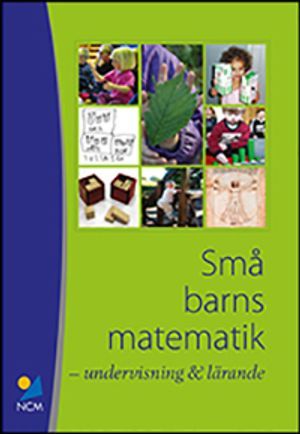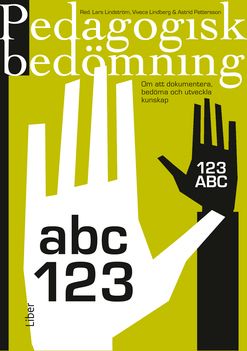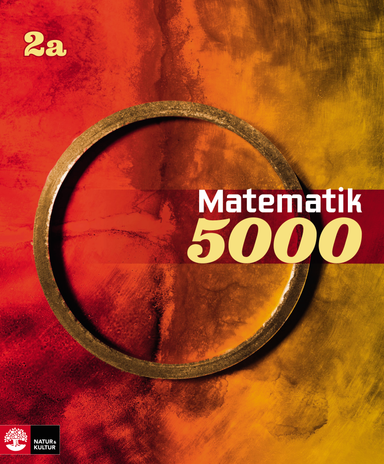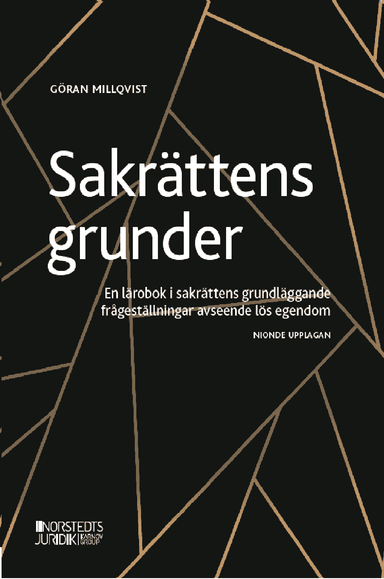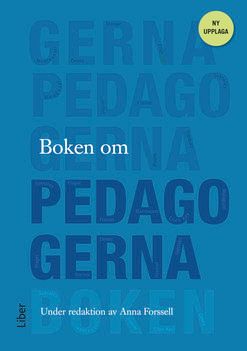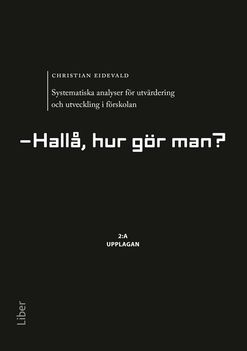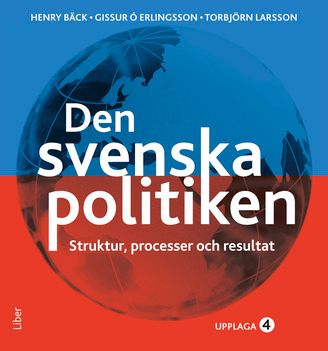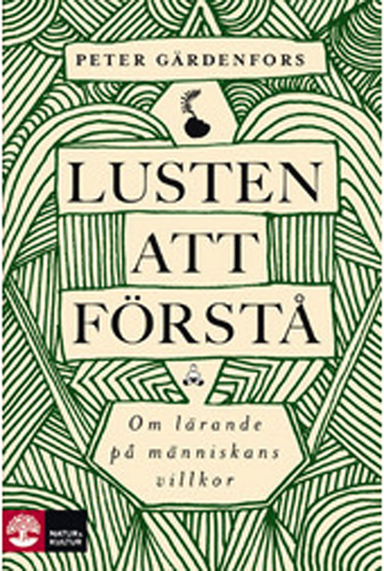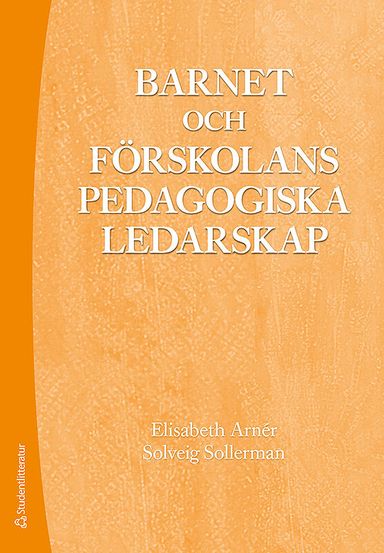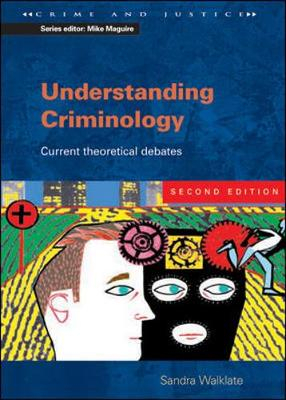

Understanding Criminology Upplaga 2
- Upplaga: 2a upplagan
- Utgiven: 2003
- ISBN: 9780335209514
- Sidor: 192 st
- Förlag: OPEN UNIVERSITY PRESS
- Format: Bok
- Språk: Engelska
Om boken
What does contemporary criminological theory look like? What impact does it have on policy? What might its future be? This substantially revised and updated text provides the student with an accessible understanding of the current nature of criminological theory. Its main focus is on development in criminological theorising over the past twenty-five years paying particular attention to 'right realism', 'left realism' and developments arising from the influence of theorising around gender. The relationship of criminological theory and knowledge to current policy agendas is given particular attention in this second edition, and a key concern of the text is to paint a picture for the student of the complex interplay between criminology, criminal justice, social justice and politics. The author concludes by offering an insight into some of the theoretical concerns that might better inform the future development of criminological theory. In all, this represents an ideal theoretical text for students of criminology and trainees in criminal justice, including clear summaries, an expanded glossary and suggestions for further reading.
Åtkomstkoder och digitalt tilläggsmaterial garanteras inte med begagnade böcker
Mer om Understanding Criminology (2003)
I mars 2003 släpptes boken Understanding Criminology skriven av Sandra Walklate. Det är den 2a upplagan av kursboken. Den är skriven på engelska och består av 192 sidor. Förlaget bakom boken är OPEN UNIVERSITY PRESS.
Köp boken Understanding Criminology på Studentapan och spara pengar.
Referera till Understanding Criminology (Upplaga 2)
Harvard
Walklate, S. (2003). Understanding Criminology. 2:a uppl. OPEN UNIVERSITY PRESS.
Oxford
Walklate, Sandra, Understanding Criminology, 2 uppl. (OPEN UNIVERSITY PRESS, 2003).
APA
Walklate, S. (2003). Understanding Criminology (2:a uppl.). OPEN UNIVERSITY PRESS.
Vancouver
Walklate S. Understanding Criminology. 2:a uppl. OPEN UNIVERSITY PRESS; 2003.

